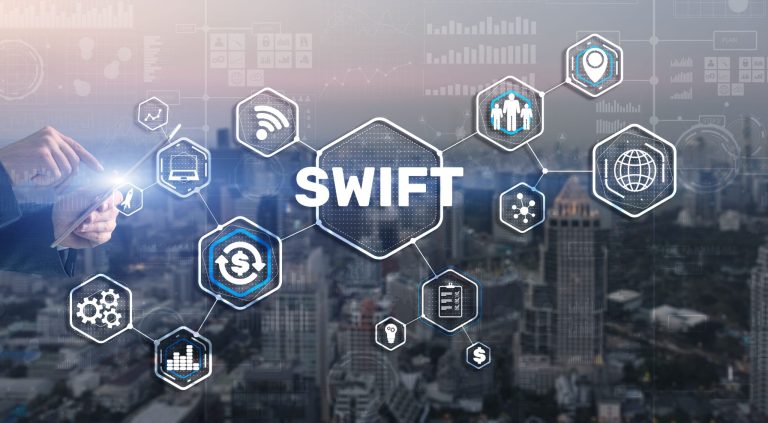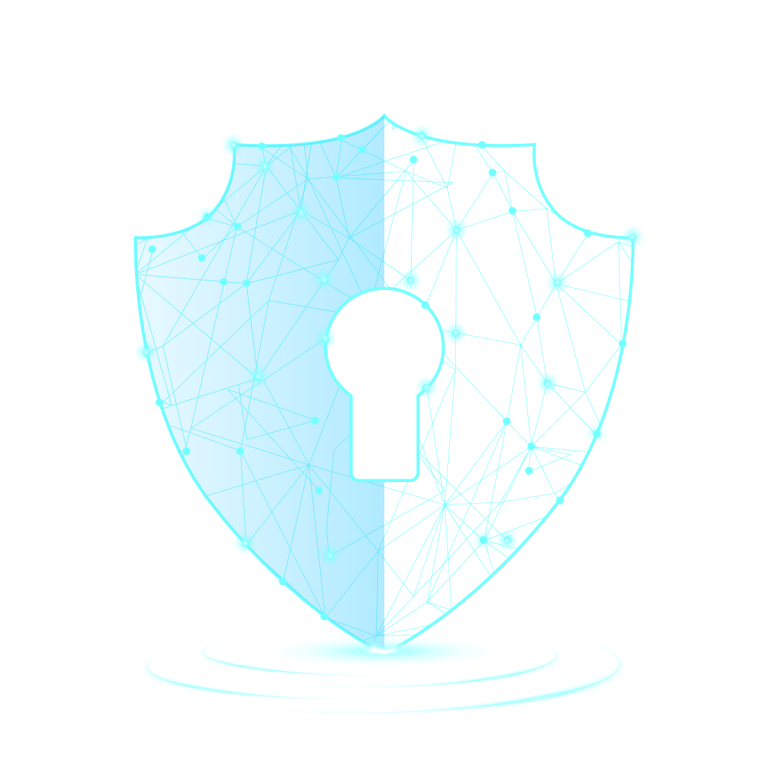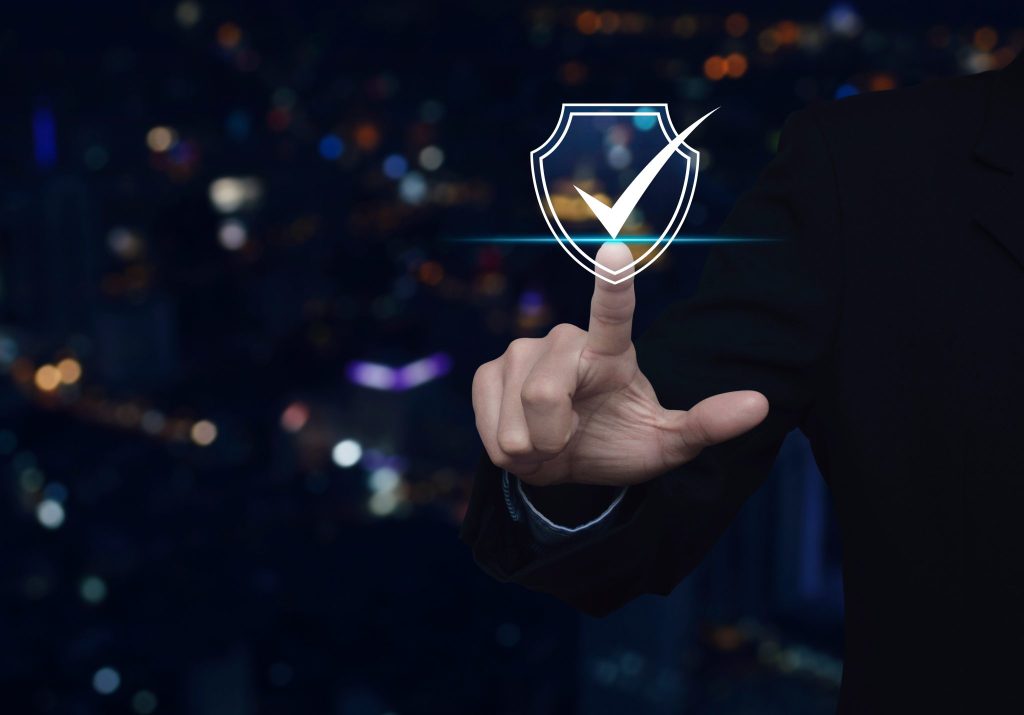
Shadow AI: The Untracked Risk in Your Digital Ecosystem

Changes in the SWIFT CSCF 2025: What You Need to Know

Dionach’s tailored, intelligence-led simulations are designed to support CISOs in meeting regulatory compliance, building defensible strategies, strengthening operational readiness, and proving the effectiveness of cybersecurity programs in the face of advanced threats.
Using threat intelligence and frameworks like MITRE ATT&CK®, we tailor each red team assessment to your specific environment, aligning with compliance and risk priorities. You receive a clear, actionable report with remediation guidance and strategic insights to enhance your cyber resilience and incident response capability.
Adversary simulation is essential for ensuring your organizations security measures are resilient against sophisticated cyber threats. By simulating real-world attacks, red teaming identifies vulnerabilities that could be exploited by adversaries, evaluating the effectiveness of your defenses across people, processes, and technology.
As cyber threats become more advanced, regular red team assessments offer a deeper level of testing than traditional penetration testing, enabling you to uncover critical weaknesses before they can be exploited. Stay proactive by strengthening your organization’s security with targeted assessments that provide actionable insights to mitigate risks, improve response capabilities, and enhance overall resilience.


Dionach is a trusted cybersecurity partner with over two decades of experience in offensive security. We’ve supported organizations across both public and private sectors, helping them stay one step ahead of evolving threats.
Our adversary simulations are intelligence-led, aligning with frameworks such as MITRE ATT&CK® and informed by real-world threat actor behaviours. This ensures each simulation is grounded in current, relevant tactics and techniques.
Understanding that every organization faces unique risks, we tailor each simulation to reflect your specific environment. Whether you operate in healthcare, finance, government, or another high-risk sector, we build scenarios that matter to you.
From the initial reconnaissance phase to lateral movement and data exfiltration, our Red Team delivers a comprehensive, end-to-end simulation of the full attack lifecycle. This provides you with a clear and realistic view of your organization’s resilience against sophisticated cyber threats.


The red team collaborates with the organization to define the objectives, scope, and rules of engagement for the assessment. They gather information about the target systems, networks, and the organization’s overall security posture. This phase helps ensure that the assessment aligns with the organization’s goals.
The red team conducts reconnaissance to gather information about the target organization. This may involve passive techniques like open-source intelligence (OSINT) gathering, analyzing publicly available information, or actively probing the target’s infrastructure to identify potential vulnerabilities. The goal is to gain a better understanding of the target’s systems, network architecture, and potential entry points.
The team uses the information gathered from the reconnaissance phase and threat intelligence reports to create attack plans. The team then identifies and prioritizes potential attack vectors and threats. They analyse vulnerabilities, misconfigurations, and weaknesses in systems, applications, or processes that could be exploited. This phase helps the red team develop an effective attack strategy tailored to the organisation’s specific environment.
Once the simulation is complete, we compile a comprehensive technical and strategic report. This includes a detailed breakdown of the attack chain—how access was gained, which systems were compromised, and how detection and response mechanisms performed. We highlight gaps in visibility, delays in response, and recommend actionable steps to enhance your cyber resilience. Reports are designed for both technical teams and executive leadership, ensuring everyone has clarity on the risks and remediation path.
The red team simulates attacks and attempts to exploit the identified vulnerabilities. They may use various techniques, such as social engineering, phishing, network attacks, or application exploits. The goal is to gain unauthorized access, escalate privileges, and move deeper into the target environment. The red team leverages their expertise to bypass security controls and demonstrate the potential impact of successful attacks.
Once the red team gains initial access, they focus on expanding their presence within the target environment. They move laterally through the network, attempting to gain access to sensitive data or critical systems. This phase helps assess the organization’s ability to detect and respond to intrusions and to determine the extent of the damage an attacker could cause if undetected.
After the assessment, the red team prepares a detailed report documenting their findings, methodologies, and recommendations. The report highlights the vulnerabilities discovered, the techniques used, and potential impacts. It also includes actionable recommendations to help the organization improve its security defenses. A debriefing session is conducted with the organization’s stakeholders to discuss the findings and ensure a clear understanding of the assessment’s outcomes.
Dionach offer a variety of services designed to help organizations improve their cybersecurity resilience by simulating real world attacks.




We deliver the whole spectrum of cybersecurity services, from long-term, enterprise wide strategy and implementation projects to single penetration tests.


Our team works with you to identify and assess your organization’s vulnerabilities, define enterprise-wide goals, and advise how best to achieve them.
Our recommendations are clear, concise, pragmatic and tailored to your organization.



Independent, unbiased, personalized – this is how we define our services. We guide you to spend wisely and invest in change efficiently.





Our recommendations are clear, concise, pragmatic and tailored to your organization.


Independent, unbiased, personalized – this is how we define our services. We guide you to spend wisely and invest in change efficiently.


